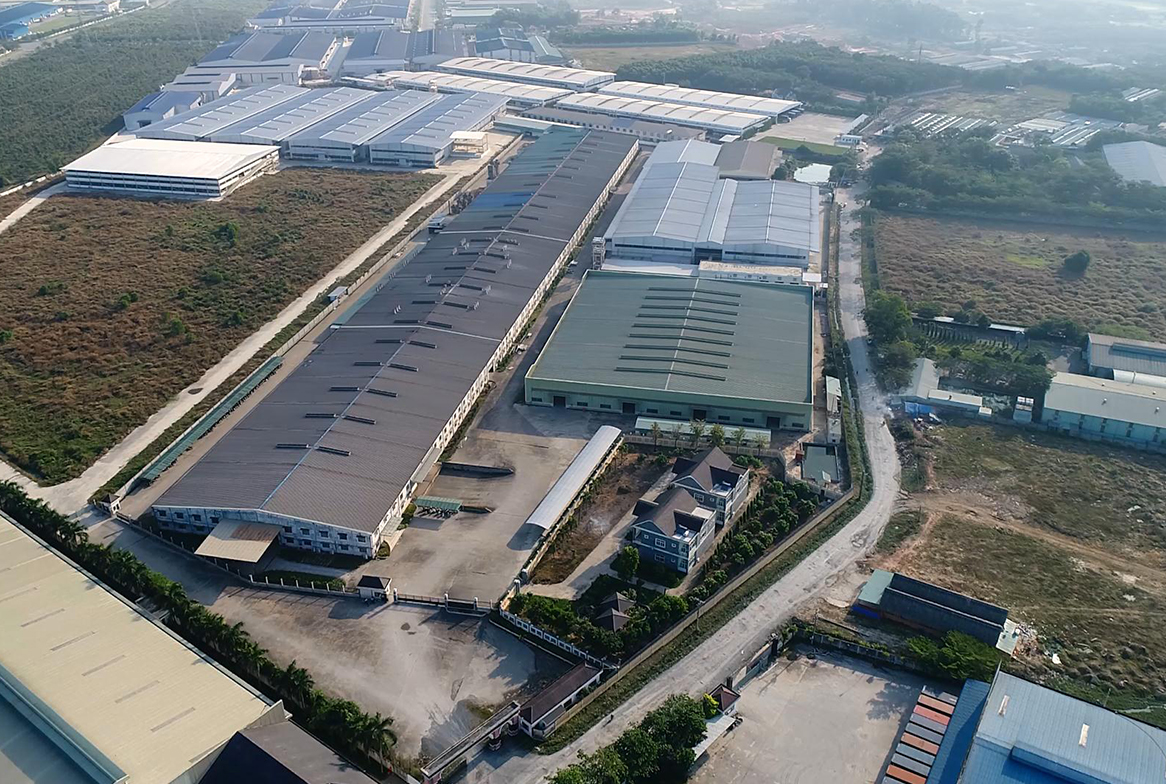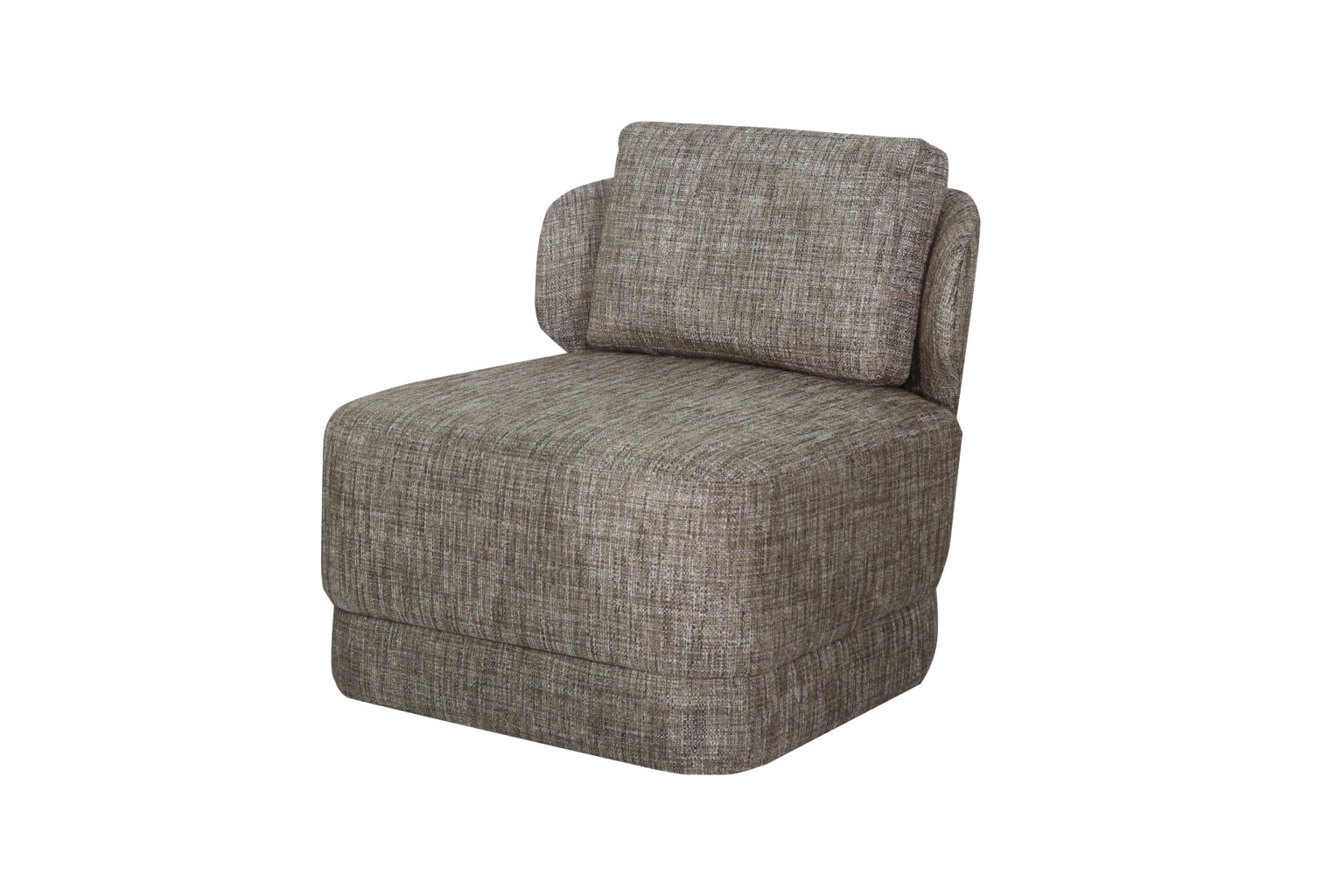Imagine walking into a hotel lobby that feels both welcoming and innovative—where the design reflects the spirit of the locale while also catering to modern sensibilities. Hospitality interior design is more than just aesthetics; it significantly influences guest experience and satisfaction. Recent studies indicate that hotels investing in contemporary design elements see a notable increase in both occupancy rates and guest loyalty. Yet, what does it truly mean to excel in this domain?

Understanding Traditional Solution Flaws
Historically, many establishments relied on standard designs that prioritized functionality over creativity. This approach often resulted in environments that, while operational, lacked the emotional resonance necessary for creating compelling guest experiences. Hotels would array generic furniture and monochromatic palettes, neglecting the importance of thematic coherence and cultural integration—elements fundamental to hospitality interior design.
Principles of New Technology in Design
Enter modern-day technology: the integration of sustainable materials and smart infrastructure has transformed the approach to hospitality interior design. Concepts such as biophilic design—drawing inspiration from nature—allow architects and designers to create spaces that not only appeal to the eye but also promote well-being. Innovative lighting systems, virtual reality design previews, and augmented reality tools enable designers to construct immersive environments that resonate with guests on multiple sensory levels.
Quantified User Benefits of Innovative Design
The implications of these technological advancements are profound. Hotels that have adapted to contemporary design principles report a dramatic increase in guest engagement and positive reviews. For instance, utilizing sophisticated lighting design has been shown to enhance moods and boost visitor satisfaction ratings by over 30%. By reevaluating the design landscape through the lens of innovation, hospitality leaders can significantly elevate their environments and brands.
Conclusion: Evaluating Solutions in Hospitality Interior Design
When selecting components for effective hospitality interior design, it is crucial to critically assess the integration of aesthetics, functionality, and technology. Always verify these three metrics when choosing solutions: ① Sustainability of materials ② Adaptability of design ③ Enhancement of guest experience. Implementing these criteria will yield environments that resonate with guests and reflect the trending aesthetics in the hospitality industry.
What is Hospitality Interior Design?
So, what is hospitality interior design? This term encompasses the strategic planning and design of spaces within hotels, restaurants, and similar establishments. The goal is to enhance the overall guest experience through thoughtful design choices, merging aesthetics with functionality. By focusing on providing comfort and creating a distinctive ambiance, hospitality interior design plays a crucial role in how visitors perceive and interact with a space. For a deeper understanding, visit what is hospitality interior design.
The Importance of Aesthetic Appeal
Beyond mere decoration, hospitality interior design creates memorable experiences for guests. Factors such as color schemes, furniture choices, and spatial layout all work together to evoke emotions and foster connections. Modern trends emphasize individuality and storytelling, where each design element can convey a narrative or represent local culture. The meticulous consideration of aesthetics and comfort ensures that guests leave with lasting impressions that encourage repeat visits. To explore in detail, click through to discover what is hospitality interior design.

Summarizing the previous discussions, hospitality interior design is a critical and dynamic field dedicated to improving the guest experience through innovative and thoughtful design solutions. Recognizing the shortcomings of traditional approaches, modern technology opens new realms of possibilities in creating spaces that reflect local culture while ensuring comfort and satisfaction. For those in the industry or related fields, considering the supply advantages of partnering with a manufacturer like Gainwell can provide significant benefits in enhancing hospitality offerings through quality materials and cutting-edge designs.